Bonsai tree
Learn how to grow a Bonsai tree, Outdoor and Indoor bonsai plant, Choose the plant for Bonsai, re-potting the Bonsai plant, how to make your Bonsai plant and more about bonsai.
A bonsai tree is almost any perennial or woody tree or bush species, a plant that produces multiple branches and whose branches and crown pruned can be planted in the pot. This is a long-term process. Some plants are quite suitable for bonsai because they have their own characteristics. They are suitable for bonsai’s compact visual scope.
When we see the largest growth of trees in a small way, it is very surprising how the giant tree is so small. The Bonsai tree does not get, it has to make. Nowadays it seems to be an integral part of modern art. The Chinese word Penzai is the Japanese pronunciation of Bonsai. The word bonsai is often used as an English form of the umbrella term for all miniature trees in containers.
Outdoor and Indoor bonsai plant
You can develop both outdoor indoor bonsai trees. Indoor Bonsai is known as home plants, it is also a great gift. The only way to make bonsai is the same, but choose the plants for indoor that can tolerate indoor conditions. Indoor Bonsai has a need for more care. Most species of tropical or semi-tropical are developed for bonsai. They usually require quite light, stable temperature, and humidity. Do not forget to give them water too. The simplest species are ficus, it is easiest to plant and easy to maintain, and can stay in the normal position of the normal room. The other varieties, such as Chinese elm, Pistacia, myrtles, etc. They require a lot of cool room, and they prefer outside in the summer. For them, the winter is a good environment, but in the summer the greenhouse becomes much warmer.
Bonsai, which is kept indoors and outdoors, can be quite different. Due to the environment, indoor and outdoor bonsai are different. Bonsai, which develop in Indoor, Those who like a dry and low light. The outdoor bonsai tree requires more light and more water.
How to grow a Bonsai tree
There are several ways to start bonsai, bonsai are made of many types of trees, and it takes different time to develop them. We are telling you the general way to you. The best way to start bonsai is to start it with a wild tree, you can either get the tree from the nursery or it can be grown by seed, air-leveling, grafting, or by cutting.
- Air Layering: This is the process that works in the propagation of trees, in which a branch of the tree is prepared from the air-laying method to produce a bonsai plant. For detailed information, read Learn 2 Grow.
- Cuttings: You can create many new trees through the cuttings which are hereditary in nature. By cutting trees you can develop a new tree and give it a form of bonsai.
- Starting from seeds: This is the advantage of making seeds from bonsai trees that you know which species of trees it is, although it takes more time to make from seeds.
- Grafting: Grafting method is usually used for the propagation of trees, when the propagation is not possible by the cutting or seed, grafting is used. By grafting, the desired parent plant is attached to the implanted plant trunk. It is most commonly used in the nursery for reproduction.
To make beautifully shaping the plant and creating beautifully pseudo-trees, besides this, you have to take care of proper care, air, water, air, and proper environment. The tree is likely to dry during the development.
Choose the plant
Before you choose the plant, imagine what kind of bonsai tree you are trying to make, then you choose a healthy plant of your choice from the nursery. See whether it will fit your imagination or not. Do not choose deciduous trees, because when there are no leaves in it, it feels bad to see. Once you prune the tree, you start shaping slowly according to your imagination. If you want to prune immediately, choose the big tree, leave it to be slightly mature when the tree is small. If you want to grow the tree from the seed, it will take a long time. Cutting is a good option for making bonsai. Read more.
- Making of trees, you buy the plant according to your climates. Not all trees can be made bonsai, some woody perennials, and some tropical plants can be made bonsai, but these plants do not fit in all the climates. Before starting, think about whether this species can live in your area.
- A deciduous tree (which is considered suitable). Japanese maple, juniper, magnolia, elm, oak, eps, jade, and sunrose. Some Indian plants such as Bodhi Tree, Banyan Tree, etc.
- Here are some trees, which you can easily create indoor and outdoor bonsai.
- Ficus, Gardenia, Hawaiian Umbrella, Kingsville Boxwood, Serissa, Camellia, etc. The plant is good for the Indoor. Juniper, Cypress, Birch, Elm, Beech, Ginkgo, Bodhi Tree, Banyan, Cedar, Maple, Larch, etc. Plants can be made well in the outdoors. Read more.
Essential Ingredients
- Bonsai trees range in length from 6 inches to 3 feet. Before you buy the plant, choose the species. If you want to make big-sized bonsai trees, it requires more soil, sun, and water.
- Buy some essential ingredients before buying plants, containers, scissors, and garden tools. Container Shallow The size you want to use
Re-potting Bonsai plant
The choice of the container is important for the dwarf tree because the size of the tree and the bonsai tray make your imagination come true. The container limits the development of the tree. The size of the container should be large enough to cover the roots of the plants after filling the soil. When you give water to the tree, it absorbs moisture through the roots. Take special care of whether there is a drainage hole in the surface of the container because if there is no drainage hole can rot in the roots, if not, then you can drill itself. Some people start it in any unwanted container at the beginning, when they develop, then you can shift it to the desired container.
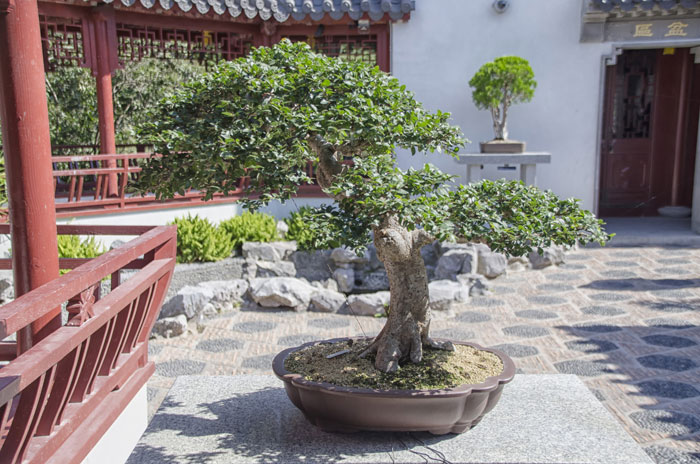
How to make your Bonsai plant
- If you have taken the tree on the basis of your imagination, now it is time to put it in the container. The tree from the nursery is in the plastic bag. Remove the tree from the plastic bag and prune the tree in sheer size. If you want to give a different shape to the tree, then you can wrap the wire from the main branch (or bottom of the pot) of the tree and gradually give the shape of other branches. If you do not control the tree roots, then the tree can easily outgrow their containers. Cut any thick roots, spread it around, and cut off the roots of the upper roots.
- Now prepare the container. Choose a new soil to fill in the container. After laying the surface of the gravel on the lower surface of your pot, lay the surface of the loose soil, which is well-drained, because the water in the soil of the garden stops and it can damage the roots. Then after planting, cover the roots with soil.
- If your tree does not fit properly in your new container, then you can bind them to the root system by the heavy wires from the bottom of the pot.
- You can set up the mesh on the container’s bottom (drainage hole) to prevent soil erosion. This will stop the soil erosion and extra water will go out.
- After planting a tree in a new container set it in the semi-shaded area for 2-3 weeks. Which could be protected from harsh sunlight and wind. Give the plant water, but do not fertilize when it does not get established.
The shaping of the tree
In Bonsai, we stunt the development of the tree, turn their branches, pinch the leaves and mold them according to their design.
Read also: How to make a Bonsai plant. How to grow Croton Houseplant. Growing Succulent indoor. Growing and caring Geranium houseplant. Mandevilla Growing and caring tips. Strawberry growing in containers. Mint herb plants growing and caring tips. Anthurium plant Growing indoors. Grow Cantaloupe in containers. Kiwi fruit Growing in containers. Clove plants growing and caring tips. Cluster beans growing and caring guide. Ivy gourd growing and caring.
Happy gardening.
For Pin:

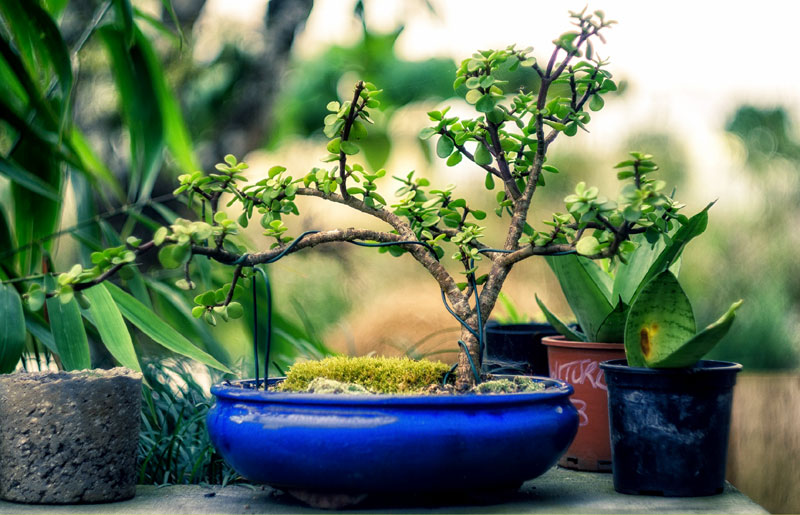

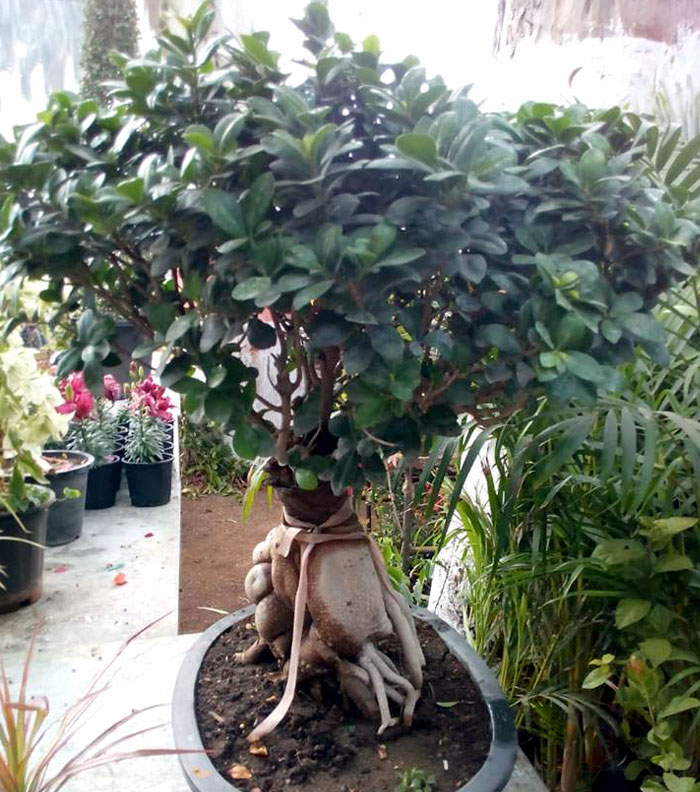
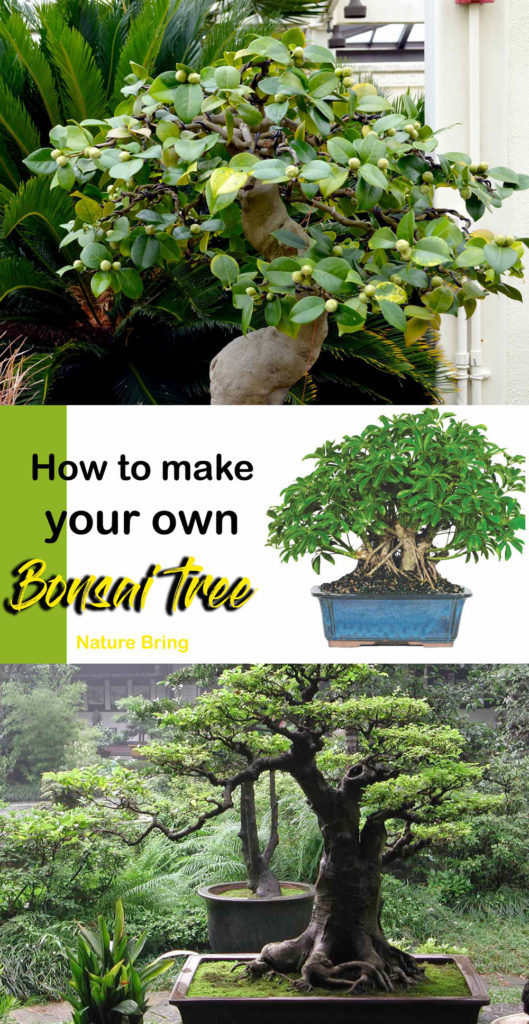

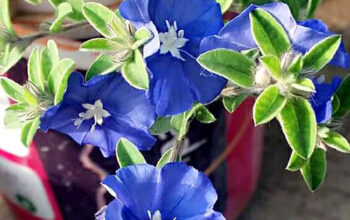
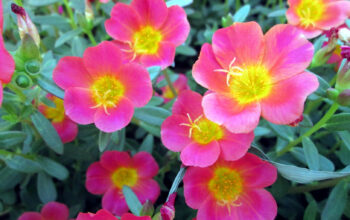
I think Making bonsai tree at home is not so easy way. After reading your article, I might say its too easy for everyone.But, I have little doubt about Wiring bonsai. Hope you’ll give us more details soon.
sure I would love to